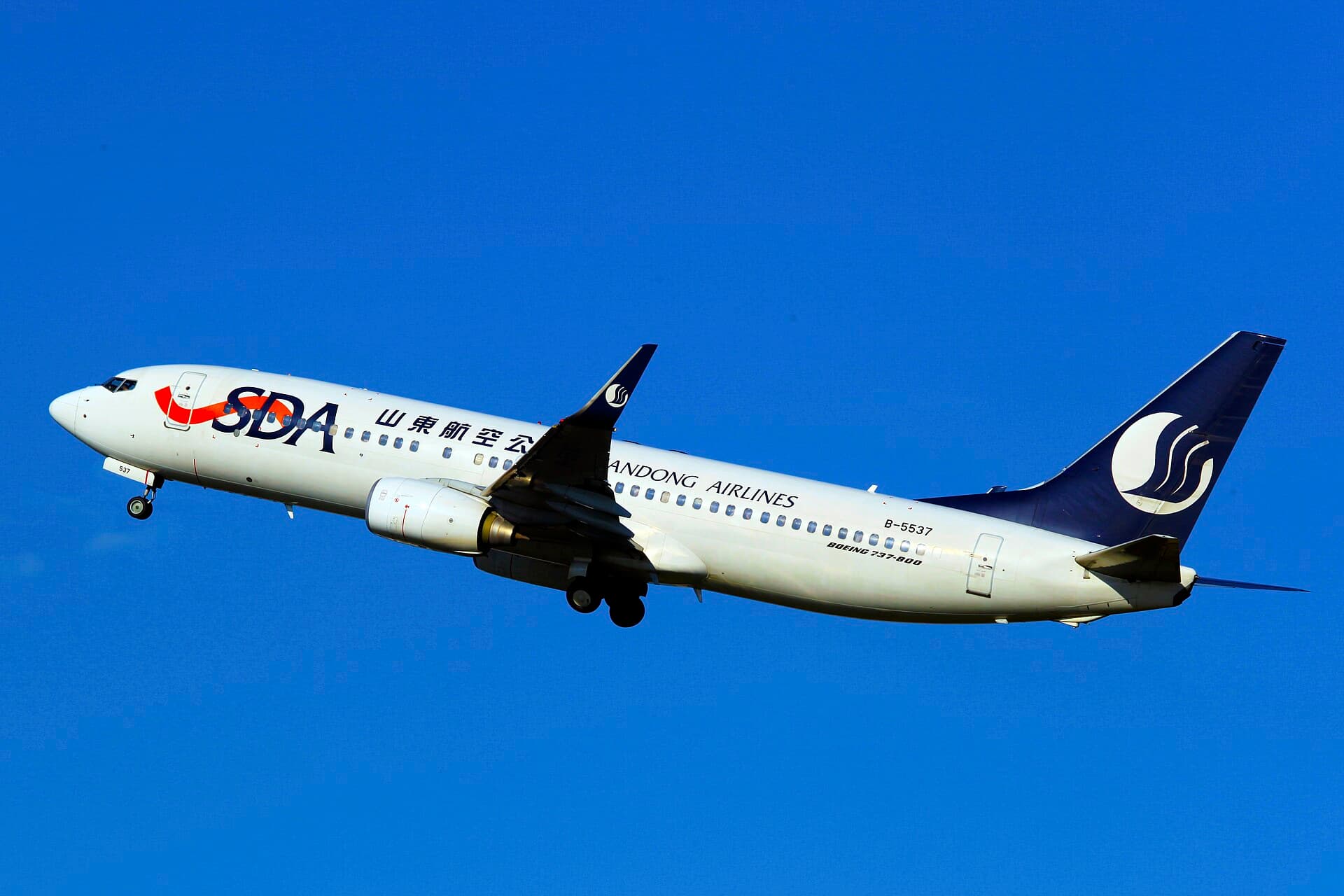
By Dionesis Canonigo, Anchor, Brigada Nrews FM Toledo
Far from the fast-paced rhythm of Cebu City, a quiet spring in the midwestern town of Tuburan continues to draw visitors looking for both tranquility and physical renewal. Known locally as Blue Hole Spring or Tinubdan Spring, the site is a modest but consistent source of local tourism activity — offering both a natural escape and a glimpse into how rural destinations are adapting to tourism’s steady presence.
Located in Barangay Mantawihan, Blue Hole Spring features clear blue waters surrounded by dense vegetation. It has long served as a swimming spot for residents, and in recent years, has become a low-cost travel destination for domestic tourists seeking nature without the crowds common in commercial resorts.
Getting There
From Cebu City, the trip to Tuburan takes around two to three hours by private car via the Transcentral Highway or the coastal route through Toledo. Public buses and vans are available at the Cebu North Bus Terminal, with fares between ₱120 and ₱160. From the Tuburan town center, motorcycle taxis or habal-habal rides typically cost ₱100 to ₱150 one-way to reach the spring.
Entrance fees vary by season, usually ranging from ₱20 to ₱50. Cottages for resting or picnicking are available for ₱150 to ₱300. The site remains non-commercial — with minimal infrastructure, no large signage, and only small stores nearby. Visitors may bring their own food, making it an affordable destination for families and groups.
Nature and Well-Being
The spring’s calm atmosphere is more than aesthetic. Health experts note that environments like Blue Hole offer benefits beyond leisure. Outdoor swimming can improve cardiovascular health, while exposure to natural settings may reduce anxiety and support mental clarity. The area is also free from heavy vehicle noise or loud music, allowing visitors to unwind.
The water’s temperature remains cool even during the dry season, and swimming is allowed throughout the day. Children often take turns on the swing-jump ropes while older guests wade in the shallower parts or sit along the shaded banks.
Tourism and Livelihood
While Tuburan is primarily known for agriculture, tourism now plays a growing role in the town’s economy. Local vendors and transport operators say they see an increase in weekend earnings during peak months. For many, providing services to visitors — as guides, cooks or caretakers — is a supplemental source of income.
According to barangay officials, revenues from entrance and cottage fees go toward basic site maintenance and waste management, although there are still calls for stricter rules against littering and overcrowding during holidays.
Sustainability in Practice
The lack of commercial development at Blue Hole may be accidental, but it reflects a form of passive sustainability. With no major construction or permanent structures near the spring, the natural ecosystem — including the aquifer that feeds the spring — remains relatively undisturbed. Local authorities say they hope to maintain this balance by limiting large-scale activities and encouraging responsible tourism practices.
Travelers visiting Blue Hole often explore nearby attractions such as Molobolo Spring, Lantawan Lookout, and several beaches along the coast of Tuburan. These short-distance options create a local tourism circuit that benefits multiple communities without requiring large tour operators or packaged arrangements.




